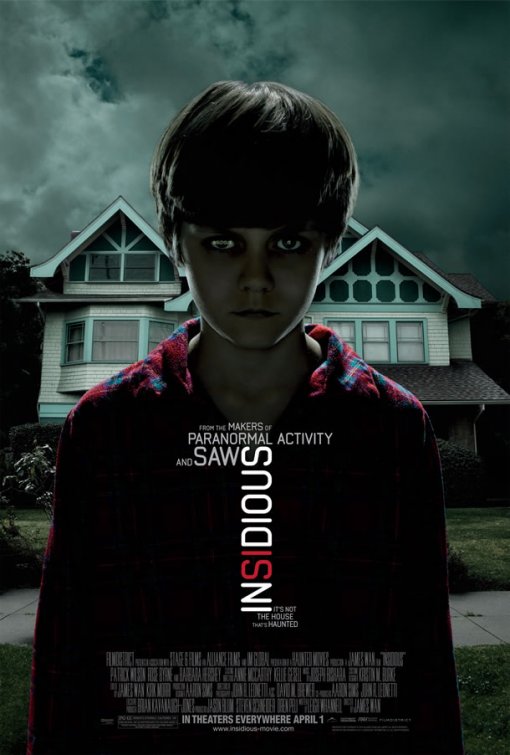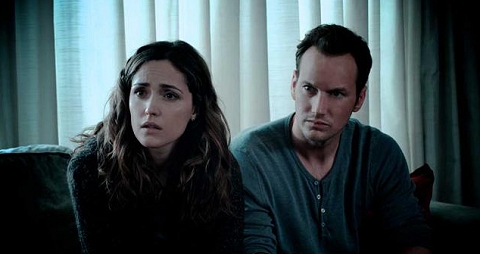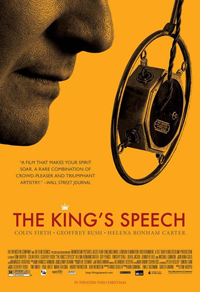





Directed by James Wan.
Starring Patrick Wilson, Rose Byrne, Ty Simpkins, Barbara Hershey, and Lin Shaye.
I’m not a horror fan, so take this review for what it’s worth. For the most part, I know horror by its clichés, through its parodies, its trailers, and a handful of its well-known specimens: I like Nightmare on Elm Street 1, 3, and 4; I like Night Breed and Alien; I like The Others, The Orphanage, and The Devil’s Backbone (which are arguably not horror movies). Simply put, it’s not a genre I peruse when I’m looking for stuff to watch on Netflix. But in Multiplex, Jason’s going to be getting a bit of an introduction to horror in the near future, so I figure I’ll need to force myself out of my own comfort zone and do my research.
So, for the toe-dip into the pool (filled with blood, naturally)… Insidious.
Screenwriter Leigh Whannell and director James Wan are best known for creating the Saw franchise. Their two non-Saw follow-ups Dead Silence and Death Sentence were met with mixed reviews and so-so box-office. For their fourth feature, the two team up with Paranormal Activity‘s Oren Peli as producer for a pretty much gore-free haunted house flick that feels more than a little bit like “What if Paranormal Activity had a bigger budget?” — not much bigger, mind you. Insidious cost only $1 million to make.
Insidious starts out like a lot of these stories do: a family moves in, and weird shit starts happening. There’s an accident, and the oldest child, Dalton, has falls into a coma. More scary shit happens, but like clockwork, right when the guy down the aisle from you starts shouting that they should move to a new house, they actually do. It’s a little disappointing that they blow this twist on the usual haunted house story in the trailer, because I thought it was interesting, but ultimately, it doesn’t matter much. The family moves, but that doesn’t stop the scary shit from happening, and so they go looking for professional help.

- Rose Byrne and Patrick Wilson are Insidious‘s best special effects.
Their characters might be thin on the page, Rose Byrne and Patrick Wilson work well enough together that Renai and Josh feel fleshed out. It certainly helps that they’re allowed to behave like intelligent people actually might if facing these ludicrous circumstances. If you can entertain the “what if?” at all, you’ll enjoy Insidious as it teases you with an answer. Unlike Paranormal Activity, it’s not all teasing until the very end; in Insidious, you start to see supernatural stuff (in small doses) pretty much right away, although you don’t necessarily know it the first time.
The third act will be divisive. It will lose some, because there’s no real gore to speak of (it’s PG-13, after all). It’ll lose some people with the comic-relief duo of hyper-competitive paranormal investigators, whom I liked. It’ll lose some based on how they show the supernatural elements of the film. (Spoilers.) The design of a certain red-faced demon that becomes prominent late in the film is a little uninspired, but the approach seemed appropriate to me; it evoked a little kid’s real-world nightmares. (End spoilers.) The point is, I went with it.
Insidious doesn’t reinvent the wheel for horror; it feels more like a “reset,” back to a time before Saw and the ensuing wave of torture porn had taken over the whole genre. Insidious trades in the crutches of most recent horror — creature effects and buckets of blood — and instead uses three of the oldest special effects: a clever, efficient script; two talented actors; and good cinematography — and it uses them pretty damn well.
Insidious is out in the US now. It’s rated PG-13 ’cause it’s scary.



